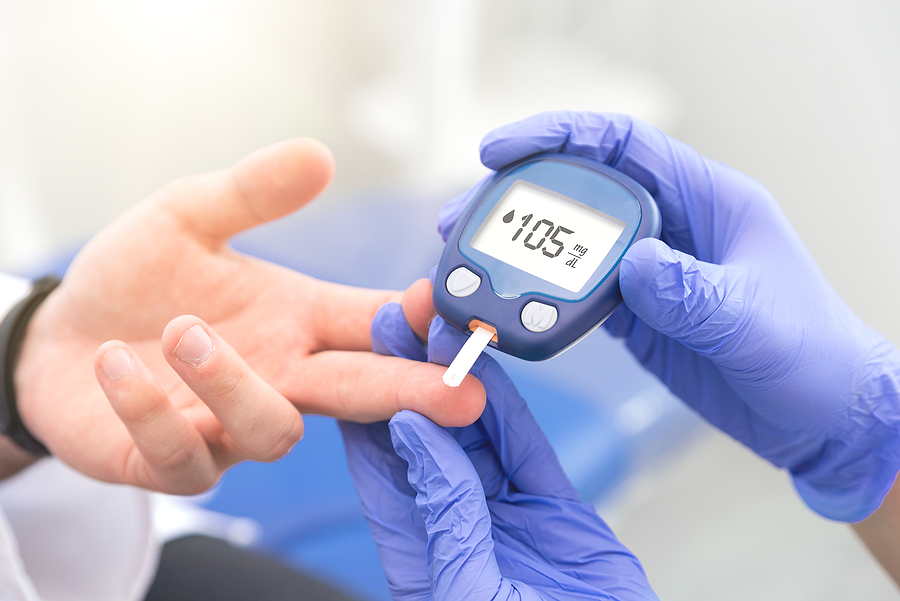If you are diagnosed with diabetes, it means your body cannot properly metabolize glucose. There are different types of diabetes, and each has a different cause. However, they all have a common problem which is having high levels of glucose in the bloodstream.
When a patient is diagnosed with diabetes mellitus, the main focus is to prevent complications. Medications for diabetes work to reduce the level of glucose in the bloodstream; they either supply more insulin to the system or help the body to better respond to insulin that is already present.
Common Types of Diabetes
- Type 1 Diabetes
This is the type of diabetes where the body cannot produce a sufficient amount of insulin required to metabolize glucose. In this case, the pancreatic cells responsible for the production of insulin are heavily affected or destroyed, hence, their inability to produce insulin.
- Type 2 Diabetes
This is the type of diabetes where the body cells don’t respond normally to insulin. Statistics have shown that more than 50% of people with diabetes have type 2 diabetes. It’s most common in adults and old people. This type of diabetes is also known as insulin-resistant diabetes.
- Prediabetes
This is a stage before type 2 diabetes. In this case, the patient will have a high blood glucose level but not high enough to be diagnosed with type 2 diabetes.
- Gestational Diabetes
This type of diabetes occurs in some pregnant women. It’s usually diagnosed during pregnancy and often goes away after delivery. Women that were previously diagnosed with diabetes have a higher risk of developing type 2 diabetes later in their life.
There are other less common types of diabetes.
Approved Online Treatment Options for Diabetics
There are over 50 different approved diabetes medications you can buy online. Allow your doctor to decide which medication is best for you. Some are available as injectable medications, such as Ozempic. Ozempic belongs to the family called Incretin mimetics. You can buy Ozempic online from any accredited E-pharmacy.
- Insulin Injection
This is the most common medication used for the treatment of type 1 diabetes. Patients can self-inject insulin under the skin, or the doctor can inject them directly into the blood. Insulin is also available as a powder that can be inhaled. There are different types of insulin. They include Rapid-acting injections like Humalog and Novolog; Short-acting injections like Humulin R and Novolin R; Intermediate-acting injections like Humulin N and Novolin N; and Long-acting injections like Toujeo and Tresiba.
- Amylin analogs
Amylin analogs such as pramlintide mimic the activity of amylin. Amylin is a hormone that plays a vital role in glucose regulation.
- Sulfonylureas
These drugs help lower blood glucose levels by stimulating the pancreas to release more insulin. They are available both as first-generation and second-generation. However, the downside of Sulfonylureas is weight gain. Examples include glyburide, glipizide, and glimepiride.
- Biguanides
These drugs help boost the effect of insulin, thereby causing increased uptake of blood glucose into the cells. They also help reduce the level at which the liver releases glucose into the blood. Examples of Biguanides include Metformin.
- Thiazolidinediones
They are used to manage insulin-resistant. They work to reduce the resistance of tissue effect of insulin. Thiazolidinediones have been associated with serious side effects. Patients suffering from heart failure must not use these medications. Example include Pioglitazone (Actos) and Rosiglitazone (Avandia)
- DPP-4 Inhibitors
These medications also stimulate the pancreatic cells to release more insulin after meals. Examples include Linagliptin (Tradjenta), Alogliptin (Nesina), and Saxagliptin (Onglyza). They also reduce the level at which the liver release glucose.
- Sodium-glucose co-transporter 2 inhibitors (SGLT2)
SGLT2 inhibitors work by causing the body to expel more glucose from the bloodstream into the urine. SGLT2 inhibitors cause a modest weight loss. Examples include canagliflozin and ertugliflozin.
- Bile acid sequestrants
These medications lower blood sugar and cholesterol levels. Examples include colesevelam (Welchol) and colestipol (Colestid).
Conclusion
Many oral diabetes management drugs can be used together with insulin to achieve higher glucose control. Some of the above-listed medications are available as a combination of two medicines in one pill. It is advised you discuss your health condition with your healthcare provider and allow them to prescribe the right medication for you.

